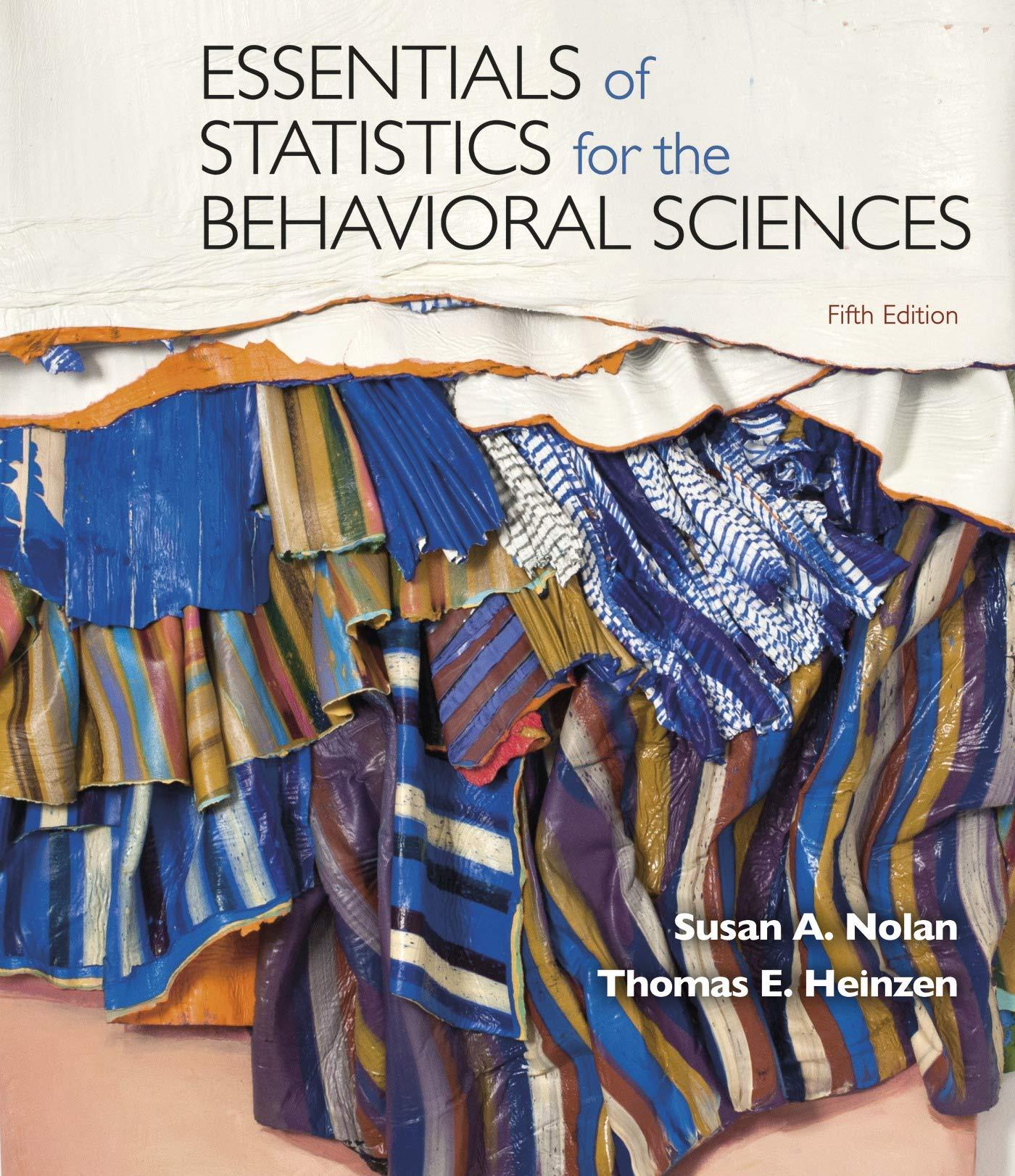3.34 Scatterplot of daily cycling distances and type of climb: Every summer, the touring company America by
Question:
3.34 Scatterplot of daily cycling distances and type of climb: Every summer, the touring company America by Bicycle conducts the “Cross Country Challenge, ” a 7-week bicycle journey across the United States from San Francisco, California, to Portsmouth, New Hampshire. At some point during the trip, the exhausted cyclists usually start to complain that the organizers are purposely planning for days with lots of hill and mountain climbing to coincide with longer distances. The tour staff counter that no relation exists between climbs and mileage and that the route is organized based on practical issues, such as the location of towns in which riders can stay. The organizers who planned the route (these are the company owners, who are not on the tour) say that they actually tried to reduce the mileage on the days with the worst climbs. Here are the approximate daily mileages and climbs (in vertical feet), as estimated from one rider’s bicycle computer.
a. Construct a scatterplot of the cycling data, putting mileage on the x-axis. Be sure to label everything and include a title.
b. We haven’t yet learned to calculate inferential statistics on these data, so we can’t estimate what’s really going on, but do you think that the amount of vertical climb is related to a day’s mileage? If yes, explain the relation in your own words. If no, explain why you think there is no relation.
Mileage Climb Mileage Climb Mileage Climb 83 600 69 2500 102 2600 57 600 63 5100 103 1000 51 2000 66 4200 80 1000 76 8500 96 900 72 900 51 4600 124 600 68 900 91 800 104 600 107 1900 73 1000 52 1300 105 4000 55 2000 85 600 90 1600 72 2500 64 300 87 1100 108 3900 65 300 94 4000 118 300 108 4200 64 1500 65 1800 97 3500 84 1500 76 4100 91 3500 70 1500 66 1200 82 4500 80 5200 97 3200 77 1000 63 5200 92 3900 53 2500
c. It turns out that inferential statistics do not support the existence of a relation between these variables and that the staff seems to be the most accurate in their appraisal. Why do you think the cyclists and organizers are wrong in opposite directions? What does this say about people’s biases and the need for data?
Step by Step Answer:

Essentials Of Statistics For The Behavioral Sciences
ISBN: 9781319247195
5th Edition
Authors: Susan A. Nolan, Thomas Heinzen






